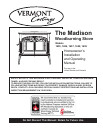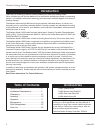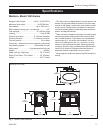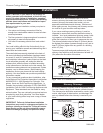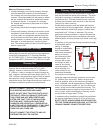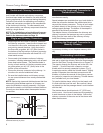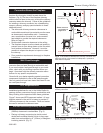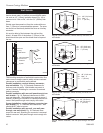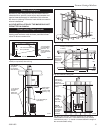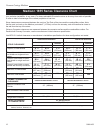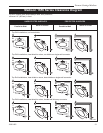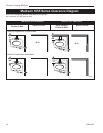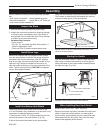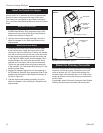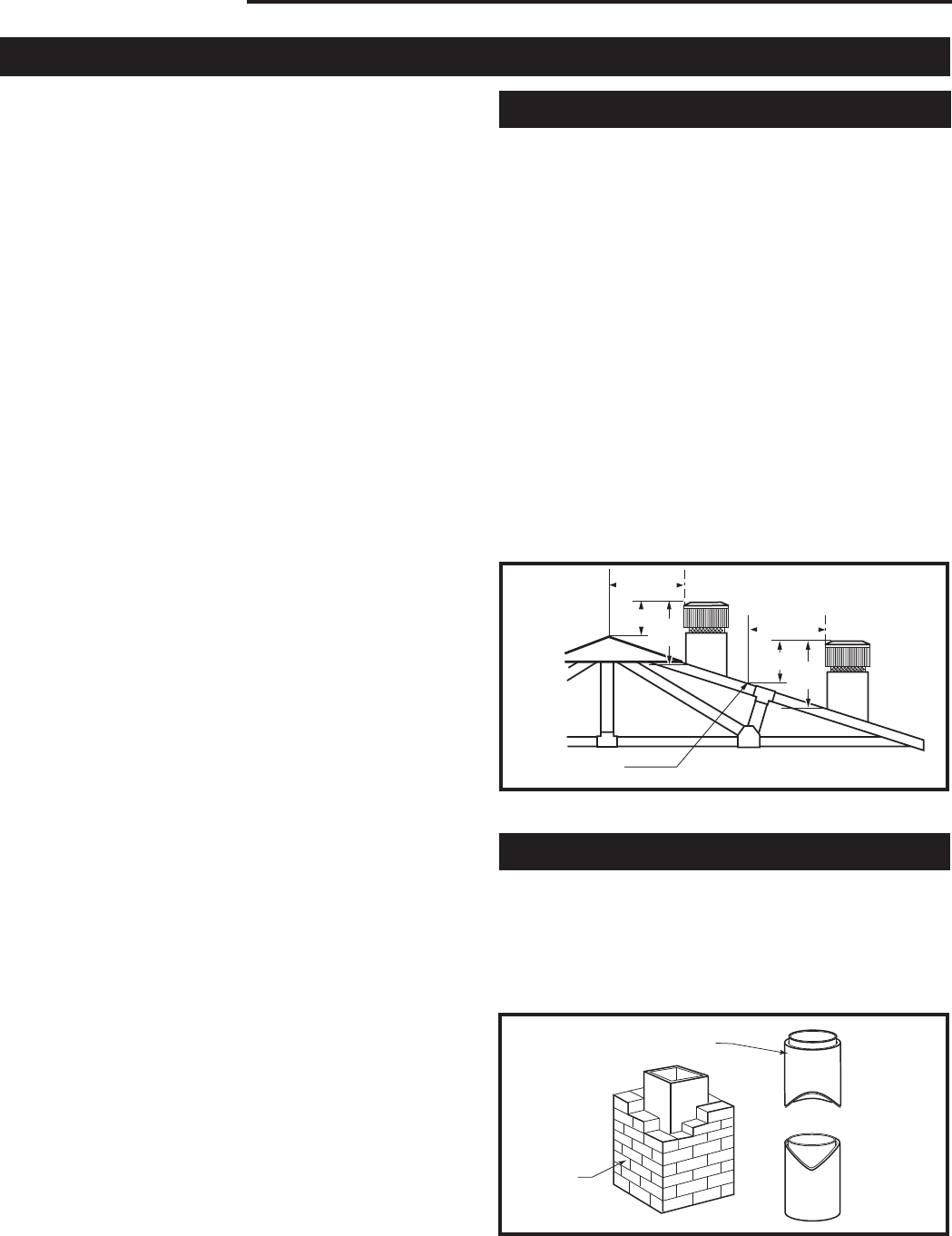
4
Vermont Castings Madison
30001453
Chimneys
Your stove must be connected either to a sound
masonry chimney that meets local codes, to a relined
masonry chimney that meets local codes, or to an
approved prefabricated metal chimney. Whichever of
those types you use, the chimney and chimney connec-
tor must be in good condition and kept clean.
If you use an existing masonry chimney, it must be
inspected to ensure safe condition before the stove is
installed. Your local professional chimney sweep, build-
ing inspector, or fire department official will be able to
make the inspection or direct you to someone who can.
The chimney should extend at least 3’ (914mm) above
the highest point where it passes through a roof, and at
least 2’ (610mm) higher than any portion of a building
within 10’ (3m).
To assure proper draft and good performance, any
chimney used with this stove should extend at least 16’
(5m) above the flue collar of the stove.
SAFETY NOTICE: If your stove is not properly in
-
stalled, operated and maintained, a house fire may
result. For safety, follow all installation, operation
and maintenance directions. Contact local building
officials about restrictions and installation inspec
-
tion requirements in your area.
Before you begin an installation, review your plans to
be certain that:
• Your stove and chimney connector will be far
enough from combustible material to meet all clear-
ance requirements.
• The floor protector is large enough and is construct-
ed properly to meet all requirements.
• You have all necessary permits from local authori-
ties.
Your local building official is the final authority for ap-
proving your installation as safe and determining that it
meets local and state codes.
The metal label permanently attached to the back of
the stove indicates that the Madison has been tested
to current UL and ULC standards by CSA. Clearance
and installation information is also printed on the label.
Local authorities generally will accept the label as
evidence that, when the stove is installed according
to the information on the label and in this manual, the
installation meets codes and can be approved. Codes,
however, vary in different areas. Before starting the
installation, review your plans with the local building
authority. Your local dealer can provide any additional
information needed.
For any unresolved questions about installation, refer
to the National Fire Protection Association’s publication
ANSI/NFPA 211–1988 Standard for Chimneys, Fire-
places, Vents and Solid Fuel Burning Appliances. In
Canada, the equivalent publication is CSA CAN-B365,
Installation Code for Solid Fuel Burning Appliances and
Equipment. These standards are the bases for many
national codes. They are nationally recognized and are
accepted by most local authorities. Your local dealer
or your local building official may have a copy of these
regulations.
IMPORTANT:
Failure to follow these installation
instructions may result in a dangerous situation, in-
cluding a chimney or house fire. Follow all instruc
-
tions exactly and do not allow makeshift compro-
mises to endanger property and personal safety.
Masonry Chimneys
An existing masonry chimney must be inspected to con-
firm that it has a lining. Do not use an unlined chimney.
The chimney also should be examined for cracks, loose
mortar, other signs of deterioration, and blockage. Re-
pair any defects before the chimney is used with your
stove.
2' Min.
2' Min.
3'
Min.
0 To 10'
3'
Min.
0 To 10'
AC617
RLTSKC8
2/11/98
Fig. 2 The 2’-3’-10’ Chimney Rule.
Reference Point
AC617
ST241
chimney types
12/13/99 djt
Fig. 3 Standard Chimney Types
A prefabricated double-
wall insulated chimney
A tile-lined
masonry
chimney
ST241
Installation



